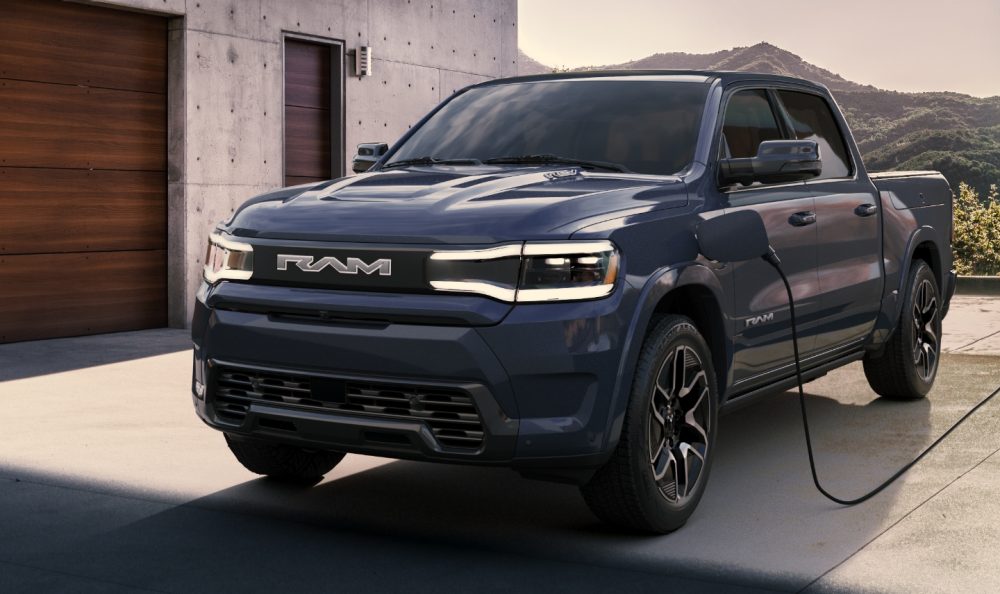The automotive giant Stellantis has made a strategic decision to delay the release of its full battery-electric Ram 1500 REV, originally anticipated for release prior to 2026. Instead, the company will focus on launching the Ramcharger, a plug-in hybrid electric vehicle (PHEV), which is scheduled to be available for customer orders in the first half of 2025. This decision reflects Stellantis’ adaptive strategy to meet consumer demand and navigate industry challenges.
Stellantis, a global leader in the automotive industry, has been at the forefront of electric vehicle innovation. With a keen eye on market trends and consumer needs, the company has been developing a range of electric and hybrid models. The shift toward the Ramcharger PHEV highlights Stellantis’ commitment to offering diverse options that cater to varying consumer preferences for power, range, and sustainability.
The Ram pickup holds significant importance in Stellantis’ lineup as it represents a blend of innovation and tradition. Its transition to an electric version marks a pivotal step in the electrification of one of America’s most beloved truck brands. The decision to prioritize the Ramcharger demonstrates Stellantis’ agility in responding to market dynamics and consumer interest.
Focus on Plug-In Hybrid ‘EREV’ Model
The overwhelming consumer interest in the Ramcharger, an electric range-extended vehicle (EREV) with both a gas engine and EV technologies, influenced Stellantis’ decision. This model offers an estimated range of up to 690 miles and operates as a zero-emissions EV until its battery depletes, after which an electric onboard generator powered by a 27-gallon, 3.6-liter V6 engine takes over.
Delays in the rollout of the full battery-electric model can also be attributed to supply chain challenges and production issues that have affected many manufacturers globally. Coupled with slower-than-expected EV adoption rates, Stellantis aims to strategically allocate resources to ensure the successful launch of the Ramcharger.
Consumers today are increasingly interested in vehicles that offer both sustainability and performance. The Ramcharger is seen as meeting this demand, providing the “Goldilocks” balance of power, range, and capabilities. With its impressive range and hybrid capabilities, it positions itself as a practical choice for those hesitant about fully electric models.
The delay in Stellantis’ full electric model provides an opportunity for competitors to strengthen their foothold in the electric pickup market. However, the introduction of the Ramcharger could set a precedent for other manufacturers to explore hybrid options that bridge the gap between traditional and fully electric vehicles.
Stellantis has not abandoned its plans for a fully battery-electric Ram 1500 REV. The company remains committed to its release by 2026, ensuring that it meets consumer expectations and industry standards. This strategic delay allows Stellantis to refine its approach and deliver a superior product.
Looking ahead, Stellantis is focused on expanding its portfolio of electric and hybrid vehicles. The company aims to balance innovation with practicality, catering to a wide array of consumer preferences. As market dynamics evolve, Stellantis’ flexible strategy positions it well to lead in both electric and hybrid segments.
Featured image courtesy of Stellantis Fleet

